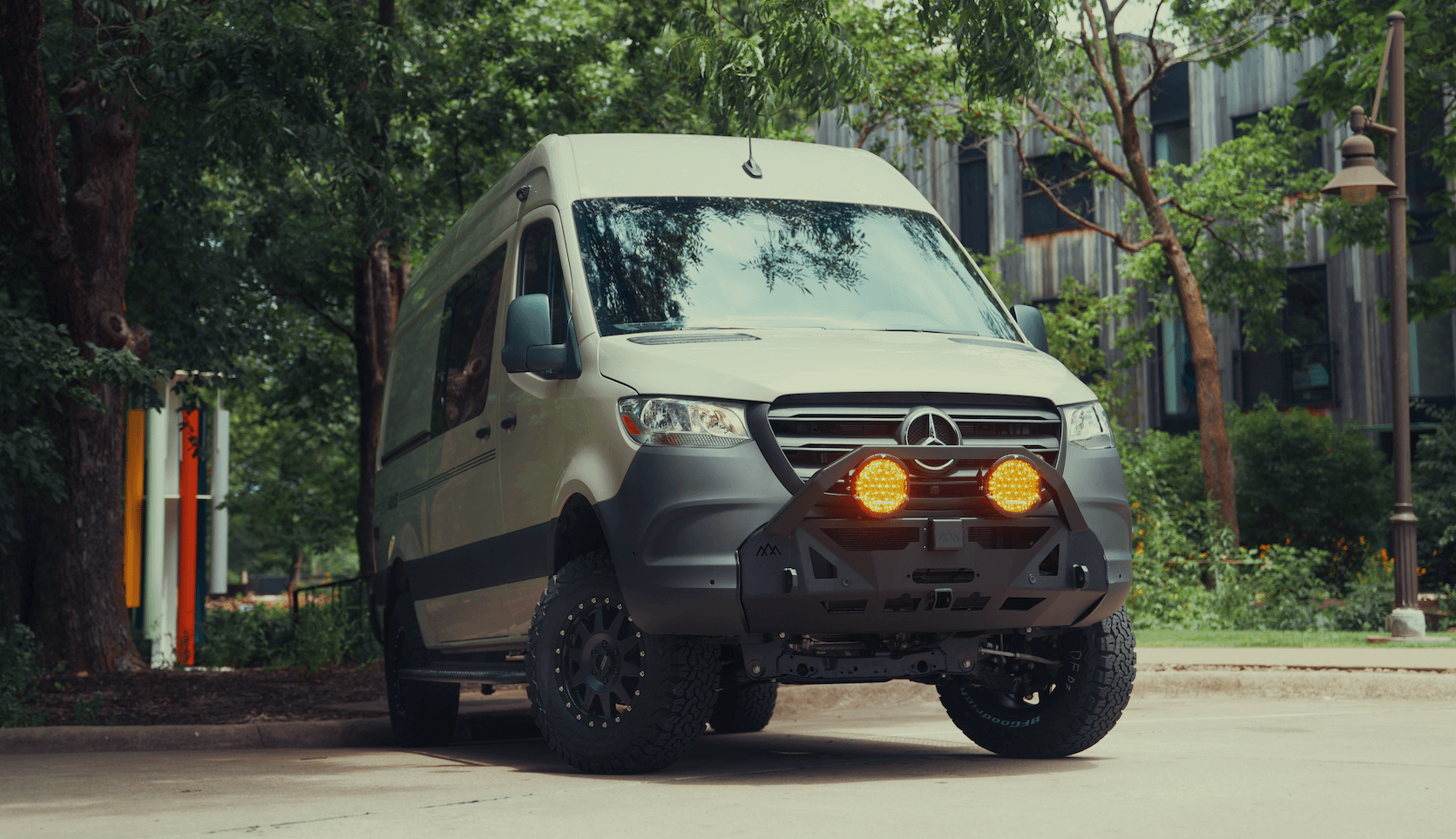Recreational Vans

A waterless hand wash station delivers hand hygiene without a plumbed sink or running water. The core idea is simple. A dispenser applies a metered dose of a no rinse formula, you rub until dry, and you are done in under twenty seconds. Designs range from pocket sized bottles to wall mounted or freestanding dispensers with drip trays and waste bins for wipes. In vehicles and remote sites, the station shrinks the space, weight, and water load you would otherwise dedicate to a sink and grey tank.
These stations largely fall into two solution families. Alcohol based sanitizers that kill germs fast through rapid protein denaturation, and rinse free soaps that use surfactants to lift soils without a tap. Both reduce the spread of germs when used correctly and placed where hands are likely to touch controls, latches, or food prep zones.
Common active ingredients include ethyl alcohol or isopropyl alcohol at 60 to 95 percent for broad antimicrobial activity, or benzalkonium chloride as a non alcohol alternative. Rinse free soaps lean on mild surfactants such as cocamidopropyl betaine and amphoteric blends that remove light grime without water. Some healthcare formulas add chlorhexidine for persistent effect. Look for skin conditioners like glycerin and aloe to limit dryness, and avoid heavy fragrance in food adjacent spaces.
Waterless stations are fast, compact, and reliable in cold weather where lines can freeze. They excel when you move between tasks and cannot break down a setup just to wash. On a job site, near a trailhead, or in a rear cargo bay, a wall mount dispenser keeps hands clean with little effort and no sink. Touchless models cut recontamination by using proximity sensors, while manual pumps reduce battery needs and work in any temperature.
Limitations matter. Hand sanitizer does not remove visible dirt, oil, or heavy soils. Food service guidelines often require soap and water at key moments such as after handling raw proteins or using the restroom. Certain pathogens and chemicals require a full wash. That is why many teams pair a waterless station with a compact hand wash kit for stubborn grime or critical tasks.
If hands are visibly dirty, after restroom use, or after handling food waste, soap and water remains the gold standard. A collapsible basin, a small fresh water jug, and a foot or elbow pump can serve as a backup in a van or trailer. Use waterless options between washes, at entry points, and before touching shared controls like steering wheels and cabinet latches.
Choose a dispenser that matches your environment. For vans and overland rigs, low profile wall mounts near the galley and rear door work well. Add a drip tray to protect cabinetry and a small trash solution for wipes. In outdoor setups, freestanding units with weighted bases resist wind and crowd movement. Transparent reservoirs help crews monitor levels at a glance.
Capacity planning keeps things smooth. Estimate two to three milliliters per dose and multiply by expected uses per person per hour. Field teams often add a spare bottle stored in a sealed pouch to prevent evaporation. If you choose touchless dispensers, pick battery sizes that match your service intervals and consider cold rated electronics for winter trips.
Place stations where people naturally pause. Van side doors, the rear cargo door, the cook line, and the driver seat exit are high value locations. Keep a refill kit with gloves, towels, and replacement cartridges or bulk gel. For touchless models, carry spare batteries and test sensors during pre trip checks. Label the station with simple rub until dry instructions and ensure the formula contains at least 60 percent alcohol when disinfection is the goal.
In a custom rig, the details make the difference. A clean install uses secure brackets matched to the vehicle skin or cabinetry, drip management to protect surfaces, and smart routing so the station does not block drawers or vents. Many travelers tie a waterless station to a larger hygiene plan that might include a compact water system, grey storage, and a removable basin for soap and water moments.
OZK Customs designs and builds vehicles that work hard in the real world. If you want a seamless install that keeps hands clean without clutter, our team can integrate waterless hand wash stations into a complete layout with the right materials, clearances, and power options. Explore our recreational vans to see how thoughtful layouts support life on the move. When it is time to plan your layout, our custom build van process maps hygiene needs into the design from day one. Looking for a platform that finances and fits your travel style, then upfit with a clean station later? Check our mainstream vans options.
Final thoughts A waterless hand wash station is not a cure all, but it is a smart tool that saves water, space, and time. Pair it with a simple backup wash method, place it where hands move most, and maintain it like a critical control. Get the chemistry right, keep it stocked, and you will improve hygiene without slowing your day.
Ready to add a station to a purpose built van and keep your crew or family moving clean and quick? Share your goals with OZK Customs and we will design a compact, secure install that suits your routes, climate, and daily flow. Let us build the rig you can trust.
Ready to integrate waterless hand wash stations into a custom van or overland build that actually fits your routes and routines? Tell us how you travel and what you haul. OZK Customs will design, fabricate, and install a clean, compact solution with proper placement, mounting, and power so you can focus on the miles ahead. Start your build conversation now.
ADDRESS:
6159 E Huntsville Rd, Fayetteville, AR 72701
PHONE:
(479) 326-9200
EMAIL:
info@ozkvans.com